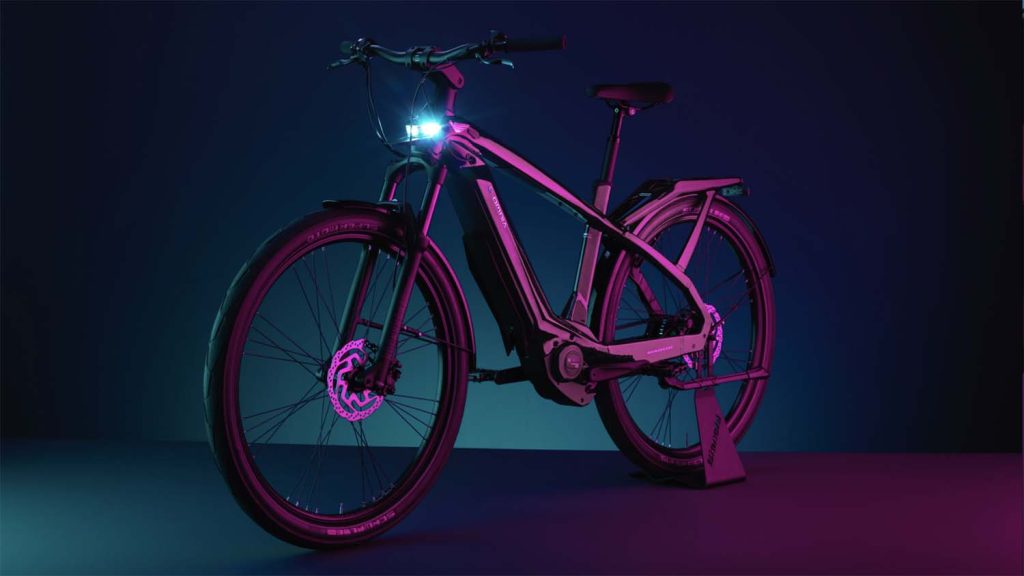Thanks to the simulation capabilities offered by Ansys, legendary bicycle manufacturer Bianchi has transformed its workflow and adopted a more sustainable approach to new product development
Some of the biggest challenges bicycle manufacturers face today have to do with producing bikes that adapt to different riding styles, while being lightweight, yet increasingly stiffer and faster. And all this needs to be achieved through a sustainable workflow and production.
To meet those requirements, engineers need an understanding of frame design as it relates to material stiffness, weight, component integration, and the aerodynamics of rider and bike in a variety of environments.
E-Omnia is Bianchi’s answer to these industry demands. This high-performance e-bike, designed to be versatile and meet different users’ needs and riding styles, has been developed thanks to some of the most innovative technologies in the manufacturing industry.
This includes Ansys simulation tools, which allowed the Italian bike manufacturer to develop new approach to road bike prototyping, using every model size and test bench with fewer physical prototypes and design modifications.
With support from Ansys channel partner EnginSoft, Bianchi says Ansys software allowed its team to verify the design and safety of its e-bikes in response to growing consumer demands for green mobility.
According to Bianchi, Ansys simulation allowed it to realise a 70% reduction in frame prototyping in the efficient optimisation of its road bike and e-bike designs, speeding time to market and reducing development costs.
Bianchi said its teams employed Ansys’ multi-physics capabilities to understand the impact of frame geometry on overall performance.
Within Ansys SpaceClaim, Bianchi used a dynamic 3D model of rider position in combination with drivetrain efficiency data to make predictions about what levels of power and performance can be expected during time trials or specific stages of a competitive race.
Ansys Mechanical also helped engineers at Bianchi understand and identify the level of suspension e-bike kinematics needed to withstand hard pavements yet conform with lighter component materials, often revealing interesting mechanical properties that led to new design ideas.
“One of the biggest discoveries we made during testing was that frame stiffness is dependent on the geometrical harmony between all the tubes of the frame, including the top tube, which we had previously overlooked,” said Bianchi head of product Marco Borgonovo.
“It’s just one of many examples of how using Ansys simulation helped us to understand which parts of the frame really influence aerodynamic performance, where it makes sense to work more and optimise more, rather than stick to conventional wisdom and dismiss the importance of the top tube altogether.”
“The role of bicycles has evolved beyond recreation to green transportation,” said Ansys VP of sales Walt Hearn.
“This shift reflects a preference for ergonomic designs influenced by lower drag, lighter frames and greater performance. Using Ansys simulation solutions helps our customers efficiently work through large design challenges like these with fewer prototypes, saving them time, effort and costs on the way to something new.”
Thanks to simulation capabilities offered by the Ansys portfolio, Bianchi was able to produce stronger, lighter, stiffer bike frame geometries that meet ISO safety standards while satisfying competitive cycling and e-bike design requirements, designed for a wide range of users, from those who need an efficient way of commuting through the city, to those who enjoy tourism on two wheels, up to the more adventurous ones.
Showcased at CES 2023, E-Omnia is the result of the union between Bianchi’s decades of tradition and expertise and Ansys’s cutting-edge solutions, in the name of green mobility.






